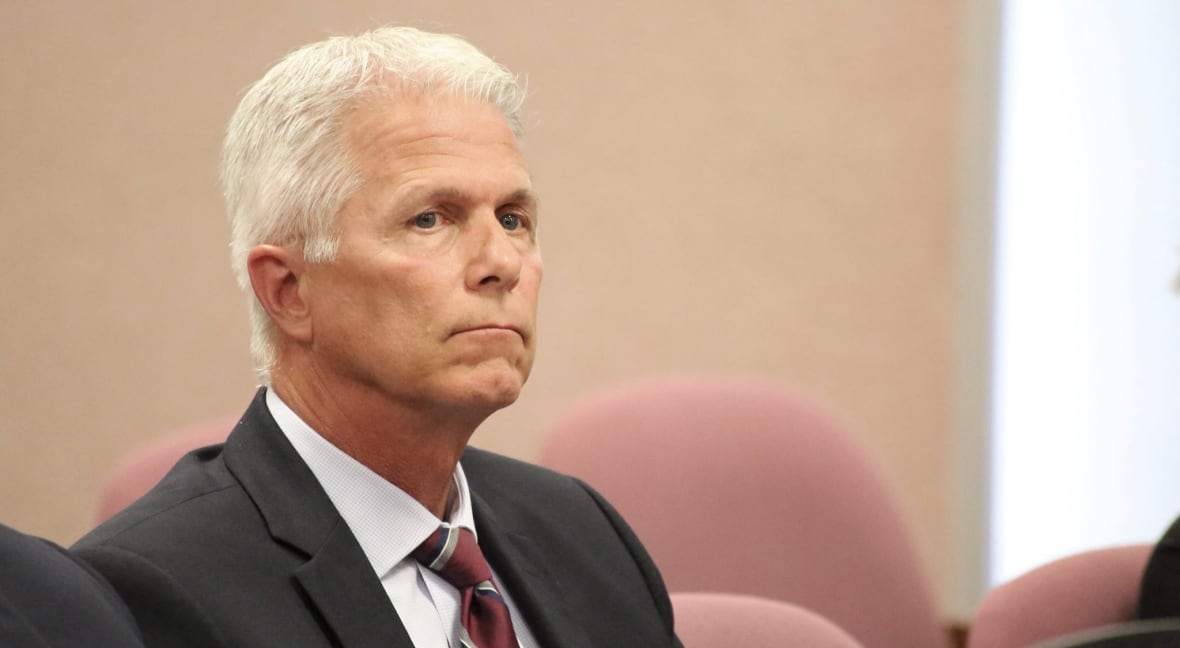'A transformational moment': Caldwell First Nation becomes part-owner of transmission line
The announcement comes as the First Nation prepares to celebrate its first powwow on its new reserve lands
Caldwell First Nation's recent purchase of an equity stake in a new electricity transmission line marks a new chapter in Indigenous economic empowerment and infrastructure partnership, the First Nation says.
Caldwell announced on Tuesday it has joined other First Nations whose traditional territories are located along Hydro One's Chatham to Lakeshore transmission route in becoming part owners of the project, sharing in a 50-50 equity partnership with the utility company.
"This was really … something we view as very positive," said John Wladarski, the CEO of Caldwell's economic development arm, Northwind Business Development.
"Not only for the First Nation, but for the province and, most particularly, those supply-constrained areas such as Windsor [and] Essex County at the very least. … If you remove the constraint, you're enabling further economic growth."
The partnership ensures that Caldwell First Nation can provide input into the environmental aspects of the project and also generate return on its investment, Wladarski said.
The announcement comes as Caldwell First Nation prepares to celebrate its first powwow on its new reserve lands after being forced off its traditional territory in Point Pelee more than 230 years ago.
The First Nation achieved a $105-million land claim settlement in 2011, which it used to purchase 80 hectares of land.
'Asserting our rightful place in the energy future of this province'
That land was officially designated a reserve in 2020, and members began moving there last summer.
Revenue generated by Northwind's investments, including in the transmission project, could help the community to invest in housing, commercial development, and most importantly, supporting community members, Wladarski said.
Caldwell First Nation Chief Nikki van Oirschot called the investment a transformational moment for the First Nation and its partners.
"By securing equity in the Chatham to Lakeshore transmission line, we are asserting our rightful place in the energy future of this province," van Oirschot said in a news release.

"This partnership is a testament to what is possible when First Nations are meaningfully included in the economic life of their territories. It's not just about power—it's about empowerment."
The Chatham to Lakeshore transmission line is the second Hydro One project to proceed as a 50-50 equity partnership with First Nations; the Waasigan line currently under construction in northwestern Ontario was the first.
The utility company intends to apply the 50-50 First Nation equity partnership model to all future transmission line projects worth $100 million or more, a spokesperson told CBC in an email.
"It has a lot to do with the history of former Ontario Hydro," said Sara Mainville, a lawyer and former chief of Couchiching First Nation who has frequently been involved in negotiations between First Nations and industry.
A lot of older transmission corridors crossed reserve lands because Indian agents prior to the 1950s would do sweetheart deals with the government, she said.
"We have this long history of the need for reconciliation, and now I think Hydro One has a good recipe for better relations with these equity deals," she said.
First Nations part-owners of other Ontario transmission projects
Hydro One previously entered into equity partnerships with First Nations on the Bruce to Milton Line and Niagara Reinforcement Line prior to the advent of the 50-50 formula, a spokesperson said.
Ontario First Nations are also part-owners of other transmission projects in the province.
NextBridge entered into an equity partnership with First Nations along the route of its East-West Tie transmission line between Thunder Bay and Wawa.
And the Wataynikaneyap power project, currently connecting remote northern Ontario First Nations to the provincial power grid, is a partnership between 24 First Nations and FortisOntario.

Hydro One called the Chatham to Lakeshore project "an example of what we can achieve when we work collaboratively with partners to seek their direction on the sharing of equity."
"In December," it said, "we energized the Chatham to Lakeshore transmission line one year early and under budget."
Caldwell First Nation plans to partner in a total of five transmission projects in its traditional territories, Wladarski said.
Caldwell made the investment in the Chatham to Lakeshore line with funding secured through Manulife with the help of a loan guarantee from the provincial Indigenous Opportunities Financing Program, which helps Indigenous communities secure equity ownership in major infrastructure projects.
Wladarski credited the province and Hydro One for recognizing the importance of including First Nations in projects such as the transmission line and providing mechanisms such as the loan guarantee program to make it possible for them to invest.
Provincial loan guarantees allow First Nations to purchase ownership stakes in large-scale projects without putting their communities' assets at risk, Mainville said.
They make the idea of economic reconciliation real, she added.
"I think it's a really happy story for First Nations because they do need to create generational wealth for the community," she said.
"More government funding is not necessarily the solution. It's having the First Nation being really able to self-determine their own future … and having what we call own-source revenue is really the key to success."

